First Consensus Meeting on Menopause in the East Asian Region
Menopause - Specific situation in the Philippines
Florante P. Gonzaga
Department of Obstetrics and Gynaecology, College of Medicine, University of the Philippines, Manila, Philippines
Contents
I Demography
- Population and urbanization
- Population growth rate
- Projected total fertility rate
- Projected total fertility rate by region
- Projected values of female life expectancy at birth by region
- Projected female population, age 40–80, 1990–2000
- Projected female population, single-year intervals, 1900–2000 (low, medium and high assumptions)
II Mortality (rate per 100,000)
- Leading causes of death in females, ages 40–80
III Social and cultural status in the country
- Average annual household income, 1991
- Income distribution, 1988–1991
IV Prevalence of various menopausal disorders (Philippine General Hospital Menopause Clinic)
- Existing services
- Awareness in the medical community
V Menopause and disease risk (osteoporosis)
- Research implications
- Needed information for Asian women
- Recommendations
I. Demography (from the National Statistics Office)
Table I.1: Population and urbanization (1991)
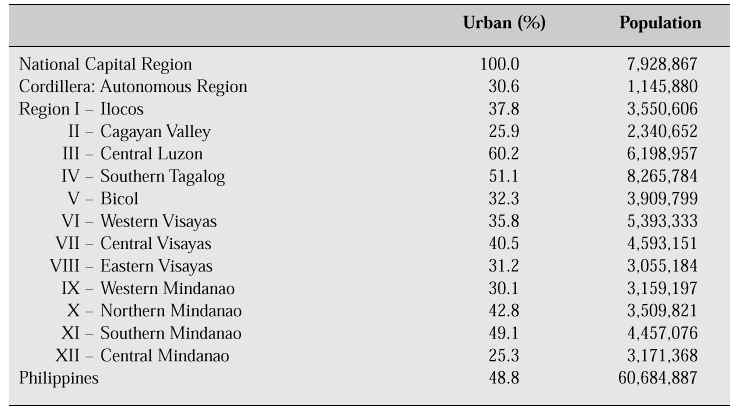
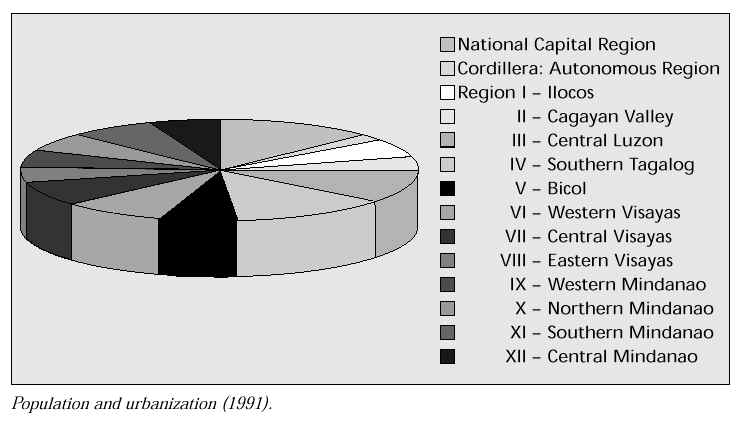

Table I.2: Population growth rate (1903-1990)

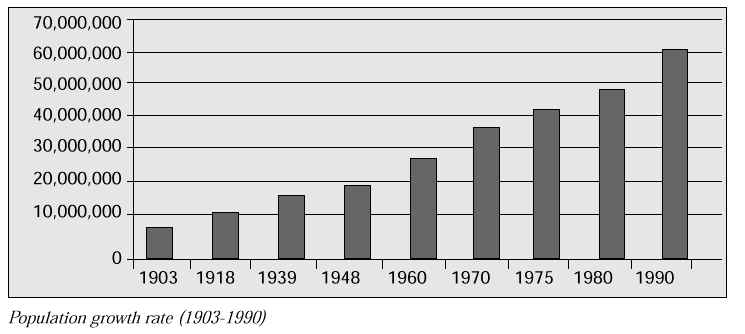
Philippine population projections, 1990–2040
Table I.3.1: Projected total fertility rates under varying assumptions 1990–2040
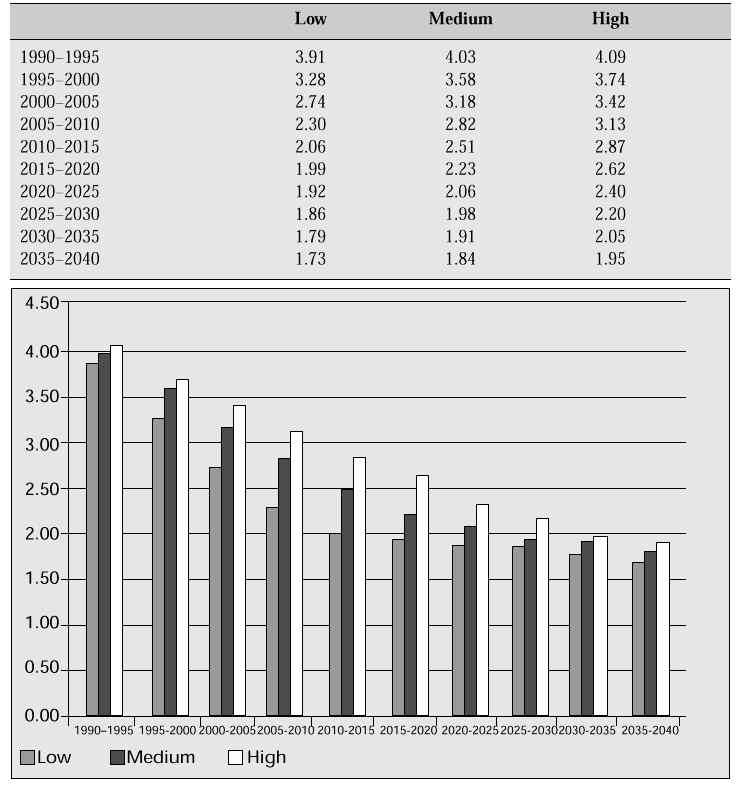
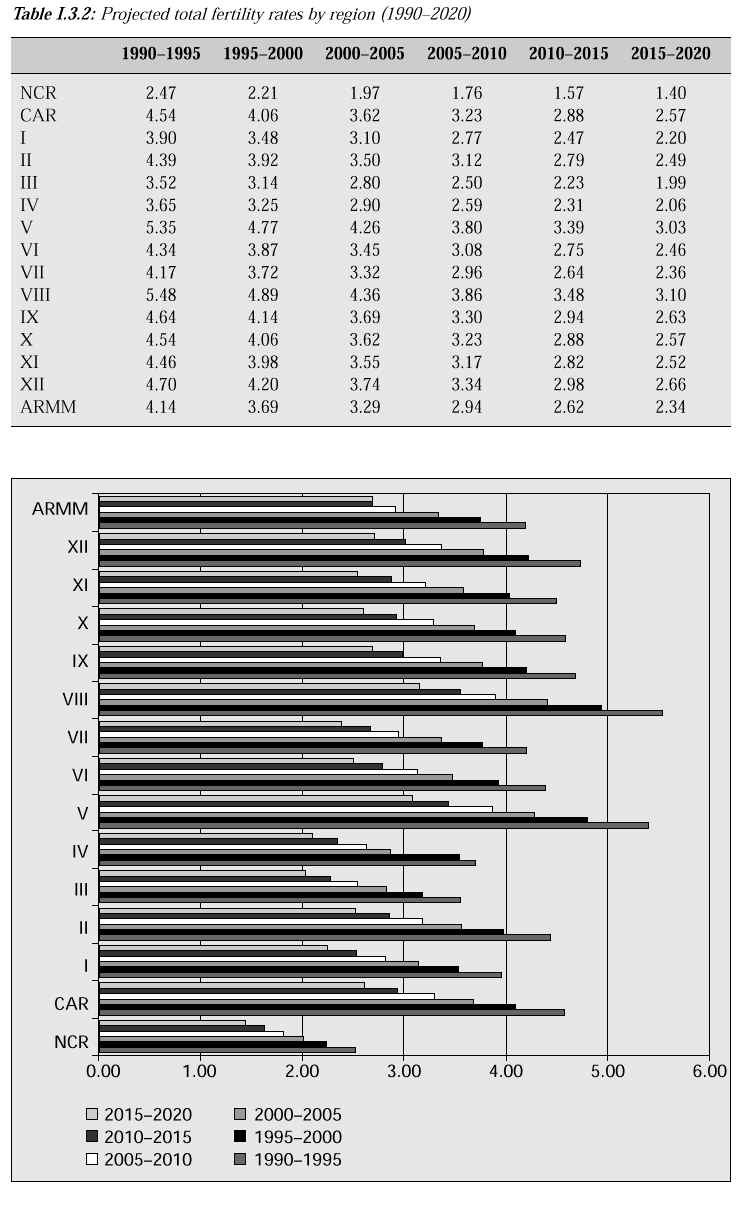

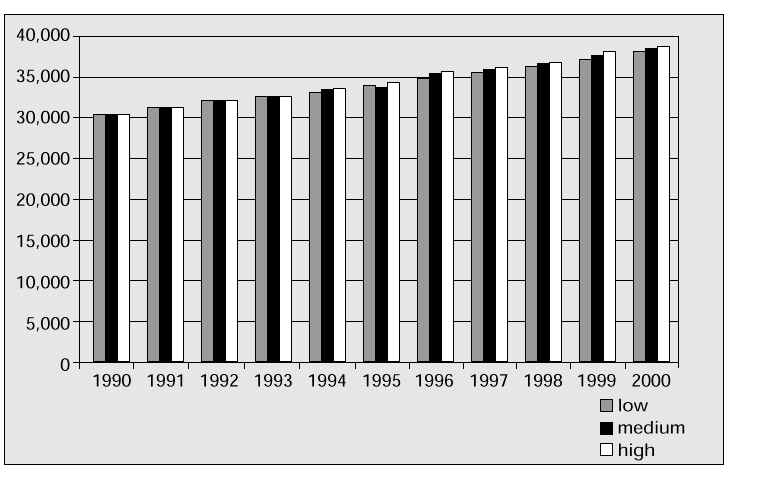
II. Mortality
Table II.1: Leading causes of death in females, ages 40–80+ (rate per 100,000)
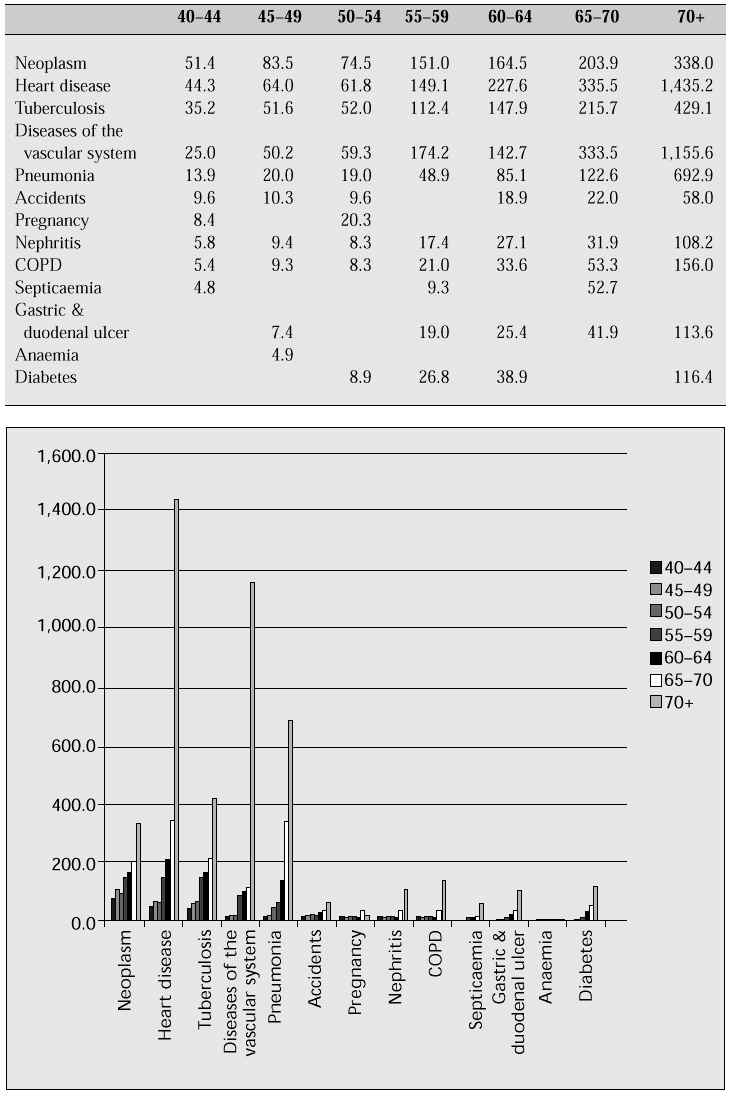
III. Social and cultural status
Table III.1: Average annual household income
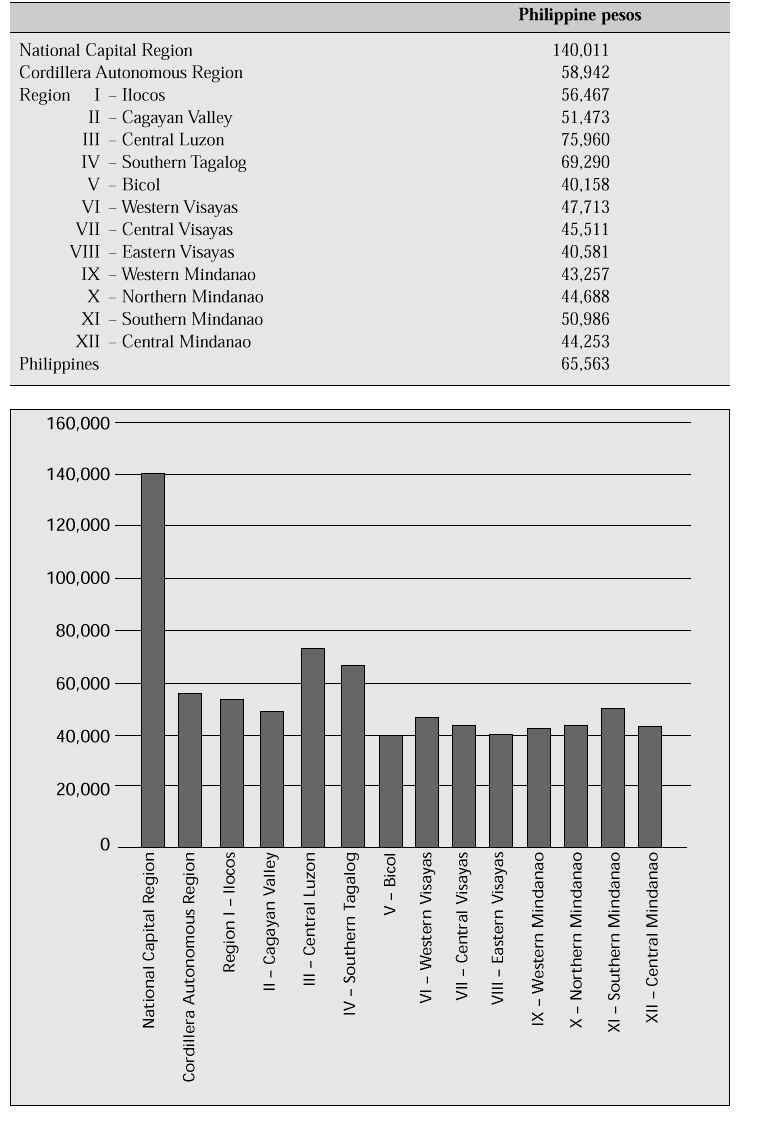
strong>Table III.2: Income distribution, 1988, 1991 (share of income)

IV. Prevalence of various menstrual disorders (Philippine General Hospital Menopause Clinic)
Table IV: Common menopausal complaints
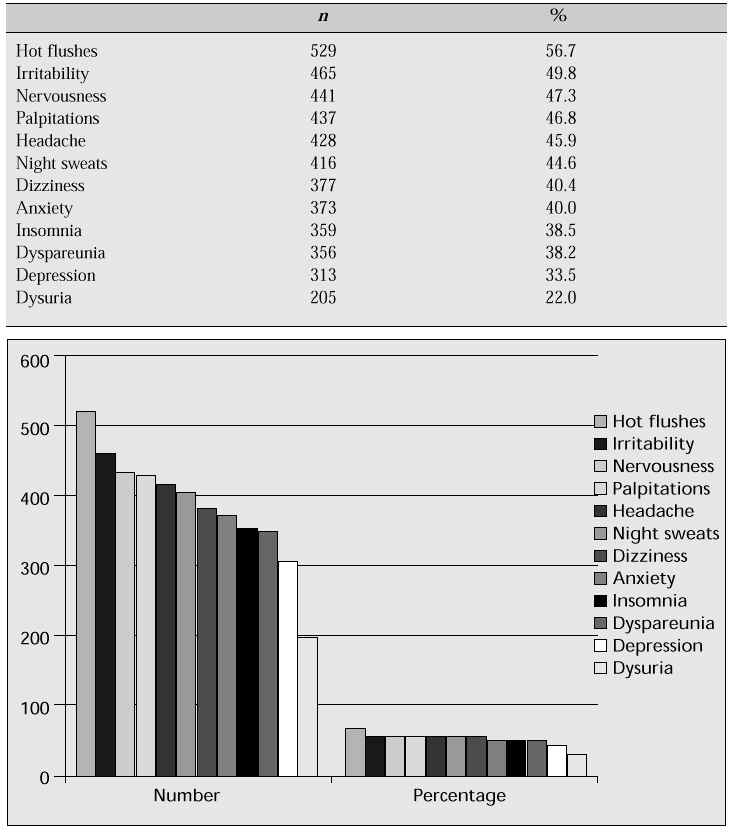
Existing services
In 1991, the Philippine General Hospital Menopause clinic was established under the Section of Reproductive Endocrinology and Infertility, Department of Obstetrics & Gynaecology. It is a multidisciplinary clinic made up of gynaecologists, cardiologists, psychiatrists, orthopaedic surgeons, internists, nutritionists and physical therapists. It is from this clinic that most data on menopause in the country were taken. Aside from service and research on menopause, the clinic also provided training for residents in obstetrics and gynaecology and doctors from all over the country who want to establish menopause clinics. Physicians from Baguio General Hospital, Dr. Paulino J. Garcia Memorial Hospital, Delos Santos Medical Center, Perpetual Help System Medical Center, Binan, Western Visayas State University Hospital, Iloilo, Iloilo Doctors Hospital, Ilocos Doctors Hospital, Ilocos Regional Hospital, Medical Center Manila, Seaman’s Hospital, Medical City General Hospital, Pasig City, Butuan City Doctors Hospital, Fabella General Hospital, Bacolod Doctors Medical Center, and Cebu Doctors Medical Center were trained at this clinic.
Awareness in the medical community
Filipino physicians generally regard the menopause as a significant condition. The majority of physicians surveyed would take time out to ask menopausal women about their symptoms and regard these as important. Almost all gynaecologists sampled viewed the menopause as a pathological condition that required treatment while only two-thirds of the other specialists had the same view.
Almost all the physicians surveyed knew that osteoporosis was one consequence of menopause. However, the awareness that cardiovascular disease was increased as a consequence of menopause was not as high in both gynaecologists and other specialists. Both types of physicians have generally the same idea of the contraindications of hormone replacement therapy. Gynaecologists, however, tend to be more cautious in giving HRT in conditions such as the presence of a stroke event, varicose veins and gallbladder stones.
The availability of hormone replacement, as a treatment in menopause, was more readily volunteered by gynaecologists than other physicians [1]. Both types of physicians generally accept HRT, though, as beneficial to menopausal patients. Perception of adequacy of HRT was, as expected, higher among the gynaecologists (91.1% versus 45.8%). However, with regard to the final management of menopausal women, about equal numbers of non-gynaecologists would manage the menopause on their own and refer cases to gynaecologists.
V. Menopause and disease risk (osteoporosis)
Table V.1: Incidence of postmenopausal osteoporotic fractures, National Orthopedic Hospital, 1979–1988

Table V.2: Types and prevalence of postmenopausal osteoporotic fractures, National Orthopedic Hospital [2]

Research implications
Research hypotheses different from western women should be considered. It is very probable that a low-dose HRT will be effective in Asian women. When we started the practice of HRT in the Philippines, we just adopted the dosages used in western women. We need studies to show that the symptomatic relief of symptoms, cardioprotection and prevention of osteoporosis in Asian women can be attained with a lower dose of HRT.
Needed information for Asian women
1. A compilation of the prevalent symptoms of menopause
2. Lipid profiles
3. Asian curve for bone mineral density measurements
4. A new definition of osteoporosis for Asian women
References
1. Serrano GP, Gonzaga FP. Perspectives of Filipino physicians regarding the menopause and hormone replacement therapy: a survey. J Philippine Soc Climact Med 1996; 4:116–21.
2. Tomas UP, Hernandez CR, Tan DA. Is postmenopausal osteoporosis a significant problem among Filipino women? Philippine J Obstet Gynecol 1991; 155:33–9.